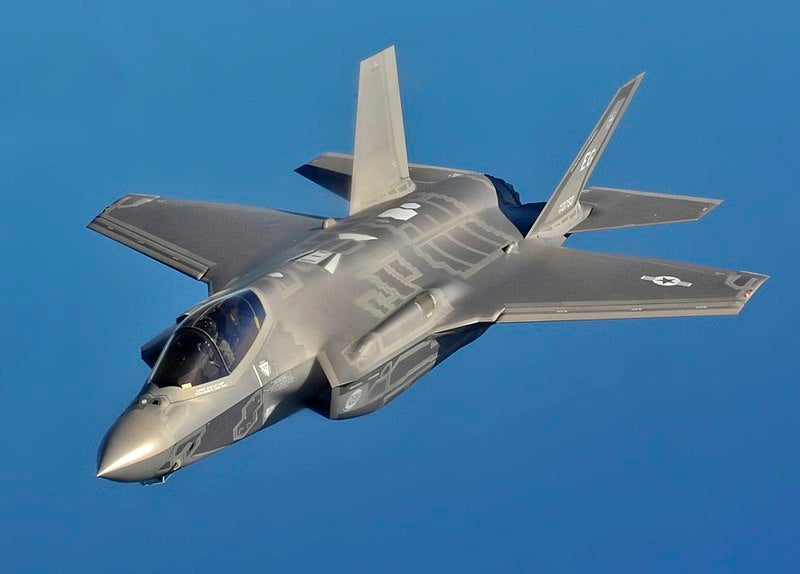South Korea’s latest fighter jet, the KF-21 Boromae, which is still under development, has deployed the short-range German IRIS-T missile for the first time this month.
IRIS-T (infra-red imaging system – tail/thrust vector controlled) is an air-to-air guided missile manufactured by Diehl Defence as part of a German-led multinational programme.
This successful demonstration comes after the 34-minute-long maiden flight of Korean Aerospace Industries’ (KAI) fourth KF-21 prototype in February 2023. South Korean president Yoon Suk Yeol announced that the Republic of Korea (ROK) Air Force will induct 40 KF-21s by 2028, with plans to put an additional 80 jets into service by 2032.
South Korean defence industries have sought to co-operate with European countries over the past several years, where the companies aim to tap into the flourishing missile market on the continent. GlobalData intelligence projects Europe to gain the largest global missile market revenue share, which amounts to 31.1%, throughout the next decade.

In this backdrop, KAI have already integrated European manufactured missiles prior to Diehl Defence’s increasingly popular IRIS-T.
Toward the end of November 2023, MBDA signed an agreement with KAI to deepen cooperation, citing efforts to integrate the European prime’s Meteor missile with the ROK’s fledgling jet. The agreement will also explore integrating other MBDA munitions such as SPEAR, ASRAAM and Brimstone into KAI platforms KF-21 and FA-50.

IRIS-T missile effectiveness
Nonetheless, KAI and Diehl have worked together since 2017.
The successful live firing from the KF-21 is also an important milestone for the IRIS-T programme track record. With the upcoming integration into the KF-21, IRIS-T is proven to be compatible with both legacy and modern fighter aircraft.
In February 2024, KAI and Diehl agreed to start the integration of IRIS-T into KAI’s FA-50. With IRIS-T on board, both platforms, KF-21 and FA-50, will be ready for demanding missions.
So far, IRIS-T has been integrated into major combat aircraft platforms such as Panavia Tornado, Eurofighter Typhoon, JAS-39 Gripen, F-16, EF-18 and F-5. The system is in service or on order with several NATO countries as well as Brazil, Thailand, Saudi Arabia and South Africa.

Ultimately, the IRIS-T missile is intended to replace the US-manufactured AIM-9 Sidewinder missiles used by the Nato member countries.
The AIM-9X infrared homing guidance section performs tracking and guidance functions. This ensures the launch of the missile during day and night missions and in an electronic countermeasure environment. The missile can engage targets in the near beyond visual range and within visual range areas.
Similarly, IRIS-T employs an imaging infra-red seeker with high-target tracking rate and an intelligent image processing generates high-resolution images.
Moreover, the German missile is equipped with a proximity fuse and a high-explosive fragmented warhead delivering anti-missile capability against incoming missiles. The lock-on-after launch feature allows the engagement of targets in the rear hemisphere.
The missile is propelled by a solid propellant motor, developed by Nammo. The propulsion mechanism provides the missile with a maximum speed of Mach 3, or three times the speed of sound, and the thrust vector control module enables the missile to engage targets behind the firing aircraft.












